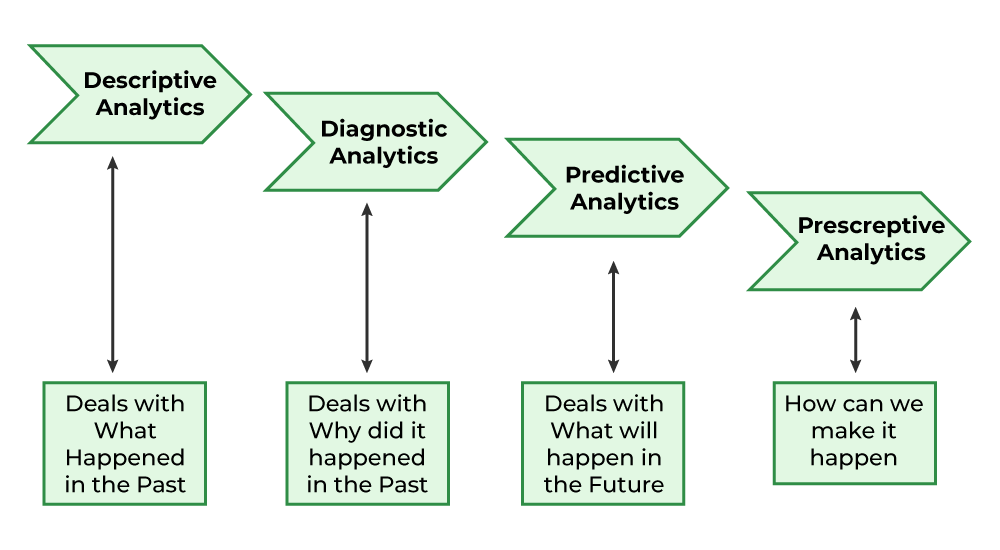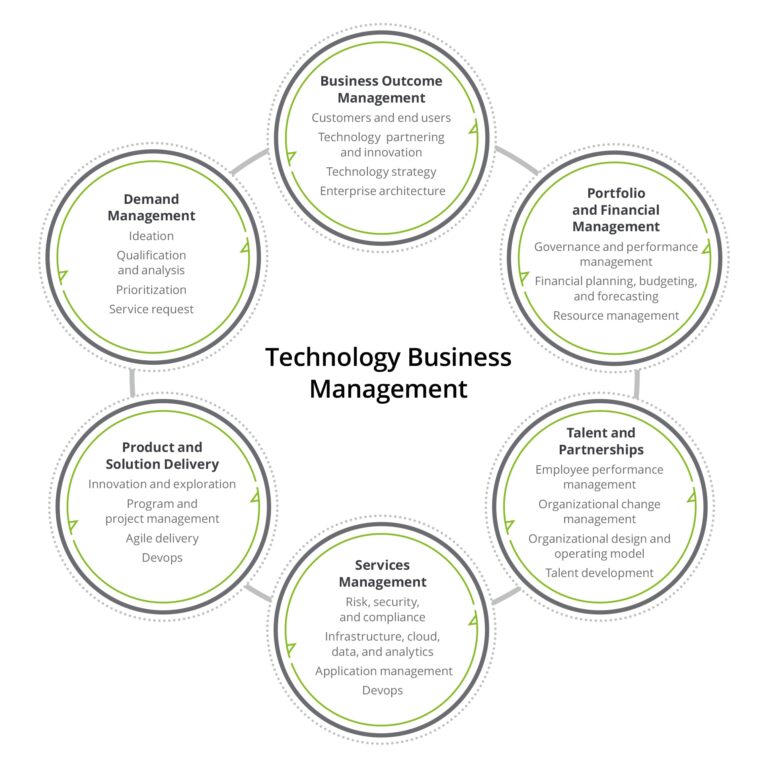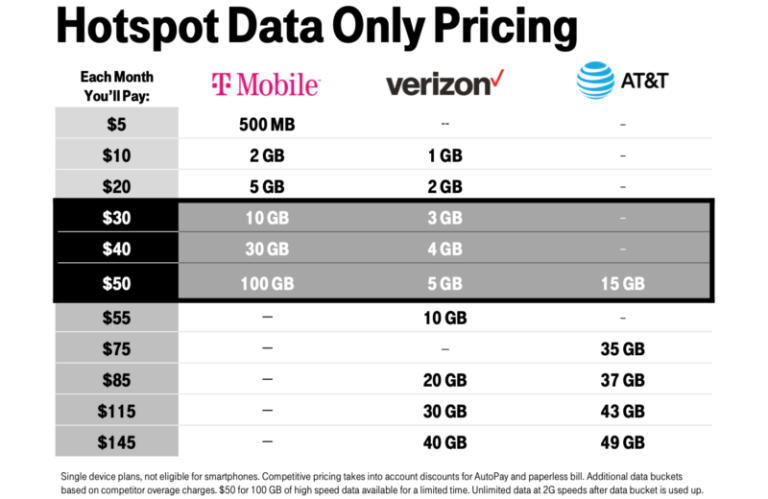What Are The Types Of Big Data Analysis?
Big data analysis is the process of examining large and complex data sets to uncover hidden patterns, unknown correlations, and other useful information. It is a powerful tool for businesses and organizations to gain insights into their operations and make informed decisions. There are several types of big data analysis that are used to extract valuable information from their data sets. These include descriptive analysis, predictive analysis, prescriptive analysis, machine learning, and graph analysis. Each type of analysis offers unique benefits and can be used to uncover different insights. All of these types of analysis help businesses and organizations to make better decisions and create more effective strategies.
What is Big Data?
Big Data is a term used to describe the exponential growth and availability of data, both structured and unstructured. It is a collection of large data sets that can be analyzed to reveal patterns, trends, and associations, especially relating to human behavior and interactions. Big data is used to gain insights and inform decisions in a range of industries from healthcare to finance to retail. Big data has the potential to bolster businesses, improve decision-making, and drive innovation. By leveraging big data, organizations can identify new opportunities, better understand customer behavior, and make smarter decisions faster and more efficiently.
Types of Big Data Analysis
Big Data Analysis is an important tool for businesses to gain insights into customer behaviour, market changes and trends, and to drive better decision making. It involves the collection, storage, and analysis of large volumes of data from multiple sources. With the help of Big Data Analysis, companies can uncover patterns, trends, correlations, and insights that may otherwise remain hidden. Big Data Analysis can be divided into four main types: descriptive, predictive, prescriptive, and cognitive analytics. Descriptive analytics provide a summary of what has happened in the past. Predictive analytics use data to make predictions about future trends and changes. Prescriptive analytics recommend specific actions based on the analysis of data. Cognitive analytics combine machine learning, artificial intelligence and natural language processing to understand and interpret user behaviour. Big Data Analysis can enable businesses to gain a better understanding of customer behaviour, market changes and trends, and ultimately make better decisions.
Descriptive Analysis
Descriptive Analysis is a comprehensive type of data analysis that provides a thorough understanding of trends, patterns, and relationships within a given set of data. It is most commonly used to explore, summarize, and present data in an effort to gain a more in-depth understanding of the data. Descriptive Analysis is a powerful tool that can be used to identify correlations, trends, and outliers, as well as to draw conclusions and make predictions based on the data. This type of analysis is essential for making informed decisions and developing effective strategies. With Descriptive Analysis, you can unlock the secrets of your data and uncover valuable insights.
Predictive Analysis
Predictive Analysis is a powerful tool used to make informed decisions. By utilizing data-driven analytics, it can help organizations to identify patterns and trends and to anticipate future outcomes. Predictive analysis can provide insights into customer behavior and preferences, enabling organizations to make smarter decisions in marketing, operations, and other areas. Predictive analysis can also help identify potential risks and opportunities, helping organizations to stay ahead of the competition. With the right data and tools, predictive analysis can be a powerful tool to help organizations make better decisions and maximize their potential.
Prescriptive Analysis
Prescriptive analysis is a powerful tool for decision-makers in any organization. It helps to inform decisions and identify potential opportunities or risks. Prescriptive analysis is a type of analytics that uses data to suggest the best course of action for a given situation. It combines predictive analytics with optimization algorithms to identify the most effective action or solution. Prescriptive analysis can be used to determine the most cost-effective methods of production, identify the most efficient route for delivery, or determine the most lucrative marketing strategy. It can also be used to predict customer behavior and optimize pricing, helping organizations to maximize their profits and stay competitive in their industry. Ultimately, prescriptive analytics can provide valuable insights for any organization, helping them to make better and more informed decisions.
Benefits of Big Data Analysis
Big Data Analysis is an invaluable tool for businesses in today’s competitive market. With the right data, businesses can gain insights into customer behaviors, market trends, and operational issues, allowing them to make more informed decisions. By leveraging data-driven analytics, businesses can create more efficient processes, reduce costs, and increase profitability. Additionally, Big Data Analysis can help businesses identify opportunities for innovation and growth. With the right analysis, companies can gain valuable insights into customer needs and preferences, enabling them to create more tailored products and services that meet customer demands. The possibilities are endless, and Big Data Analysis can be a powerful tool for businesses seeking success.
Challenges of Big Data Analysis
Big Data Analysis can be a daunting task. It requires the use of specialized algorithms, techniques and tools to identify patterns and trends from large and complex data sets. Challenges associated with Big Data Analysis include managing large volumes of data, data accuracy, dealing with data uncertainty, and dealing with data privacy. Data accuracy and quality are key when it comes to Big Data Analysis, as it is essential to ensure that the data is not corrupted or incomplete. Additionally, data uncertainty can be a challenge, as it can be difficult to accurately predict the results of large datasets. Finally, data privacy is a significant challenge, as organizations must ensure that their data is secure and not shared with unauthorized parties. Big Data Analysis is a powerful tool, but it is not without its challenges.
Examples of Big Data Analysis
Big Data Analysis is the process of collecting and analysing large sets of data to identify patterns and trends. It can be used to uncover insights and make decisions to help businesses grow and improve operations. Examples of Big Data Analysis include predictive analytics, customer segmentation, sentiment analysis, fraud detection, and anomaly detection. Predictive analytics uses machine learning algorithms to predict future customer behaviour and trends. Customer segmentation divides customers into different groups based on their demographics, purchase behaviour, and other factors. Sentiment analysis is used to measure customer sentiment and identify customer needs and preferences. Fraud detection uses data science and machine learning to detect suspicious activity and protect customer data. Anomaly detection uses data to detect unusual patterns in data that may indicate fraud or other risks. Big Data Analysis is a powerful tool for businesses to gain insights and make informed decisions.
Conclusion
The blog section of our website provides a platform to share our thoughts and ideas, and to engage with our readers. By engaging with readers, we can build relationships, gain feedback, and even gain new customers. We can also use the blog section to share updates and news, showcase our work, and demonstrate our expertise in our chosen field. Ultimately, the blog section is a powerful tool to connect with our audience, build trust, and show our commitment to delivering quality content. With the right strategy and execution, the blog section can be a valuable asset to any website.
FAQs About the What Are The Types Of Big Data Analysis?
Q1: What is the difference between structured and unstructured data analysis?
A1: Structured data analysis is the process of analyzing data that follows a pre-defined structure, such as a database. On the other hand, unstructured data analysis is the process of extracting insights from large data sets that do not follow a pre-defined structure.
Q2: What type of data can be analyzed using big data techniques?
A2: Big data analysis can be used to analyze any type of data, including structured and unstructured data. Examples of data that can be analyzed using big data techniques include text, images, audio, and video.
Q3: What tools are used for big data analysis?
A3: There are a variety of tools available for big data analysis, including Apache Hadoop, Apache Spark, Apache Flink, and Apache Kafka. Other popular tools include cloud-based solutions such as Amazon Web Services and Microsoft Azure.
Conclusion
Big data analysis is a powerful tool used to unlock insights from large and complex datasets. It involves the use of various techniques such as machine learning, data mining, and statistical analysis to identify patterns and correlations in the data. There are many types of big data analysis, ranging from descriptive to predictive analytics, each with its own set of advantages and challenges. As the amount of data continues to grow, so too does the potential of big data analysis to help businesses make informed decisions and gain a competitive edge.



